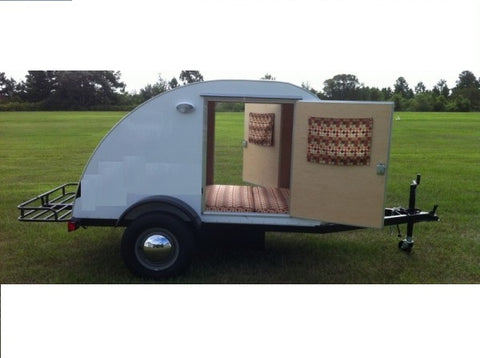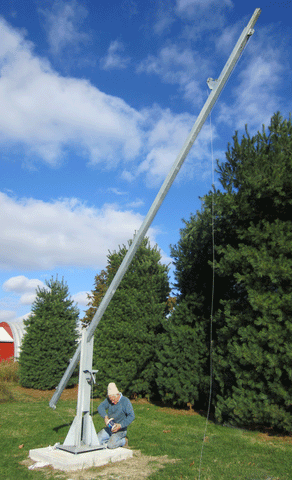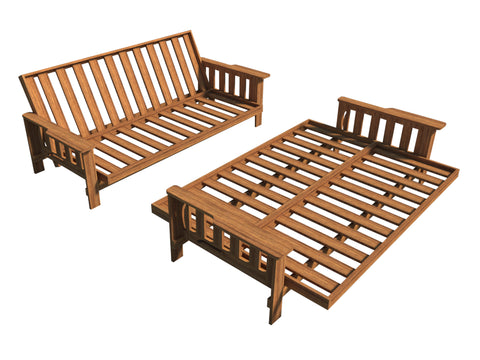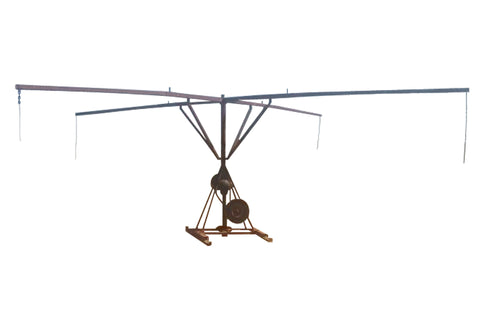Water Well Drilling Rig Plans Build Your Own Drilling Equipment DIY Driller Tool
These DIY plans will show you how to build your own Water Well Drilling Rig. You will need 2 gas lawn mower engines to operate it once it is constructed. It is designed to drill 1-1/2 inch pipe in 10 foot sections for a depth of 150 feet or more.
What is a Water Well Drill?
If you are planning to install a water well, there are many factors to consider. While drilling for a water well is a relatively simple process, you will need to know the proper depth for your area. Deeper drilling will expose natural minerals, causing undesirable pockets to be formed. Also, the well may collapse if there are too many natural staining minerals present. This can make the whole process difficult, so it's crucial to know the proper depth for your area.
PORTADRILLMINI (r) DRILL
The PORTADRILLMINI (r-Drill) is a trailer mounted water well drilling unit that incorporates the original drill bit and sub adaptor. It is used in seismic operations and is also being used for open pit gold mining in Mongolia. The Drill has proven its ability to drill geothermal wells in confined areas and has enabled geothermal systems installations that were previously considered impossible.
Versa-Drill
When you need to drill a water well, there's no better option than a Versa-Drill Water Well Drill. Versa-Drill's innovative V-12 drilling rig was specifically designed for geothermal drilling and water well drilling. The Indianapolis-based company utilizes new technology to make the drilling process simpler. Its fuel-efficient design and intuitive control panel make it easy for new operators to learn how to operate the Versa-Drill.
Air rotary rigs
The first thing you should know about air rotary rigs for water well drilling is that they are not as powerful as mud rotary rigs. However, this is not to say that air rotary rigs are less powerful than mud rotary rigs. They require a little bit of water for drilling, which is an advantage for water well drilling. Compared to mud drilling, air drilling requires a small amount of water for drilling.
Jetting
The process of drilling a water well by jetting involves using high-pressure and high-circulation water. Water is pumped down a drill pipe and a slurry is transported up the borehole between the drill pipe and the wall of the borehole. The water flow is usually controlled by a motor pump. The drill pipe can have an open end and a drill bit and rotates partially or fully. The slurry may contain thickeners to prevent the hole from collapsing and to limit the amount of working water lost during the process.
Casings
Before installing the casings on a water well drill, make sure the bottom plug is in place. This prevents sediment from entering the well if the plug rots. The most common plugs are caps or pointed wooden plugs. You can also install a wash-down valve and a one-way valve inside the wooden plug. Make sure to carefully place the filter pack inside the casing to prevent contamination.
Hand-digging
The process of hand-digging a water well is not for the faint of heart. It requires basic coordination skills and is best reserved for people who have a lot of time to spare. However, this method may lead to the creation of a deeper hole, which is more prone to contamination. The downside to hand-digging a well is that it can be dangerous. In addition, you will have to be very careful to avoid getting your hands contaminated, since you'll have to be careful to protect your well.
Cable tool drilling
The process of water well drilling typically involves cable tool drilling. Cable tool drillers are skilled at interpreting the feel of the drill string to locate the aquifer. The drillers advance the casing by drilling, removing cuttings and monitoring waterflow. The cable tool rig is also capable of drilling from 300 to 5000 feet. To drill deeper, they can use an oversized drive shoe. A bentonite slurry is placed inside the casing to help seal off any leaks in the borehole and prevent the formation of different aquifers and artesian pressures.
All plans are designed by Ben Stone. Ben is a retired Engineer in Canada. Ben also drafts these himself using the latest AutoCAD software to ensure accuracy. He studied Engineering back in the early 1980's. After over 30 years in the Construction industry he developed a passion for building cool items around his farm and cabin. These are great DIY projects. With a little skill anybody can Do It Yourself. Ben is always a email away if you have any questions while building one of his projects. He is adding new plans all the time.










